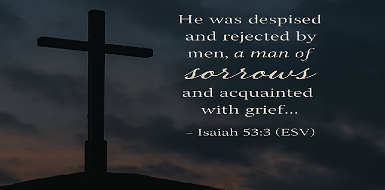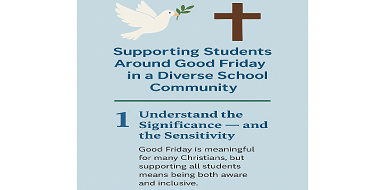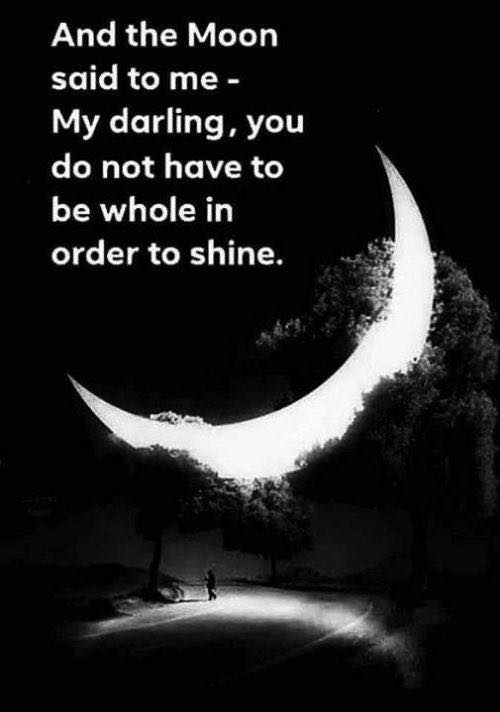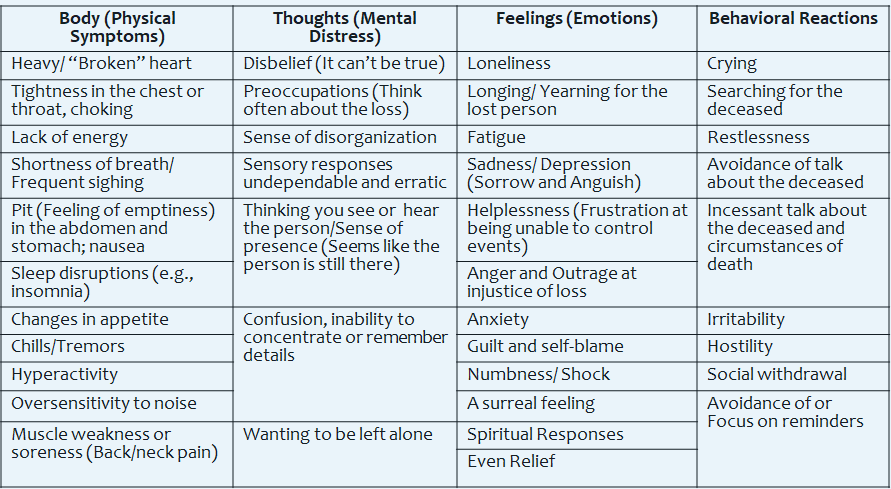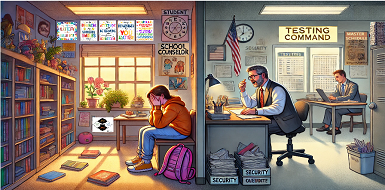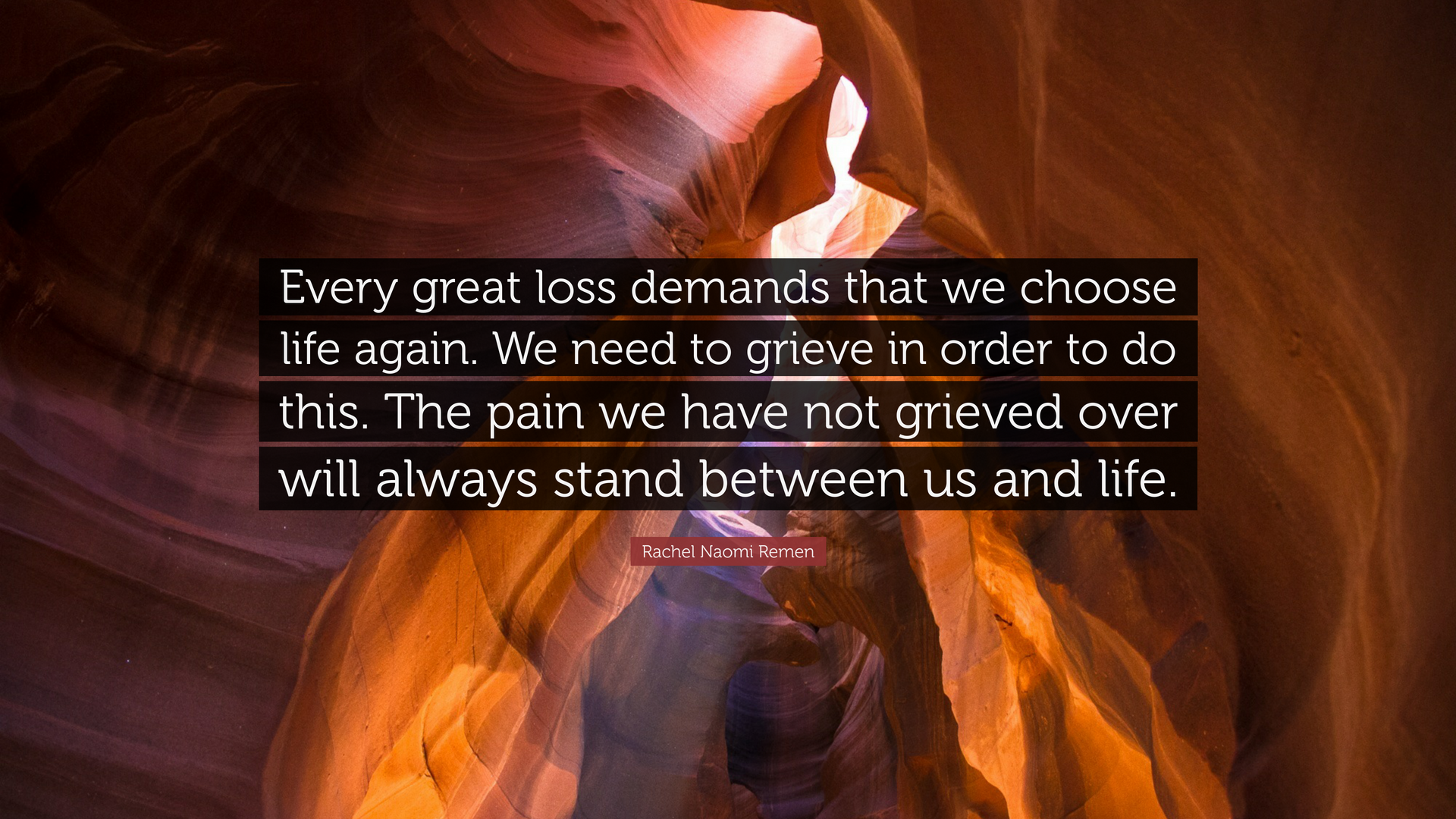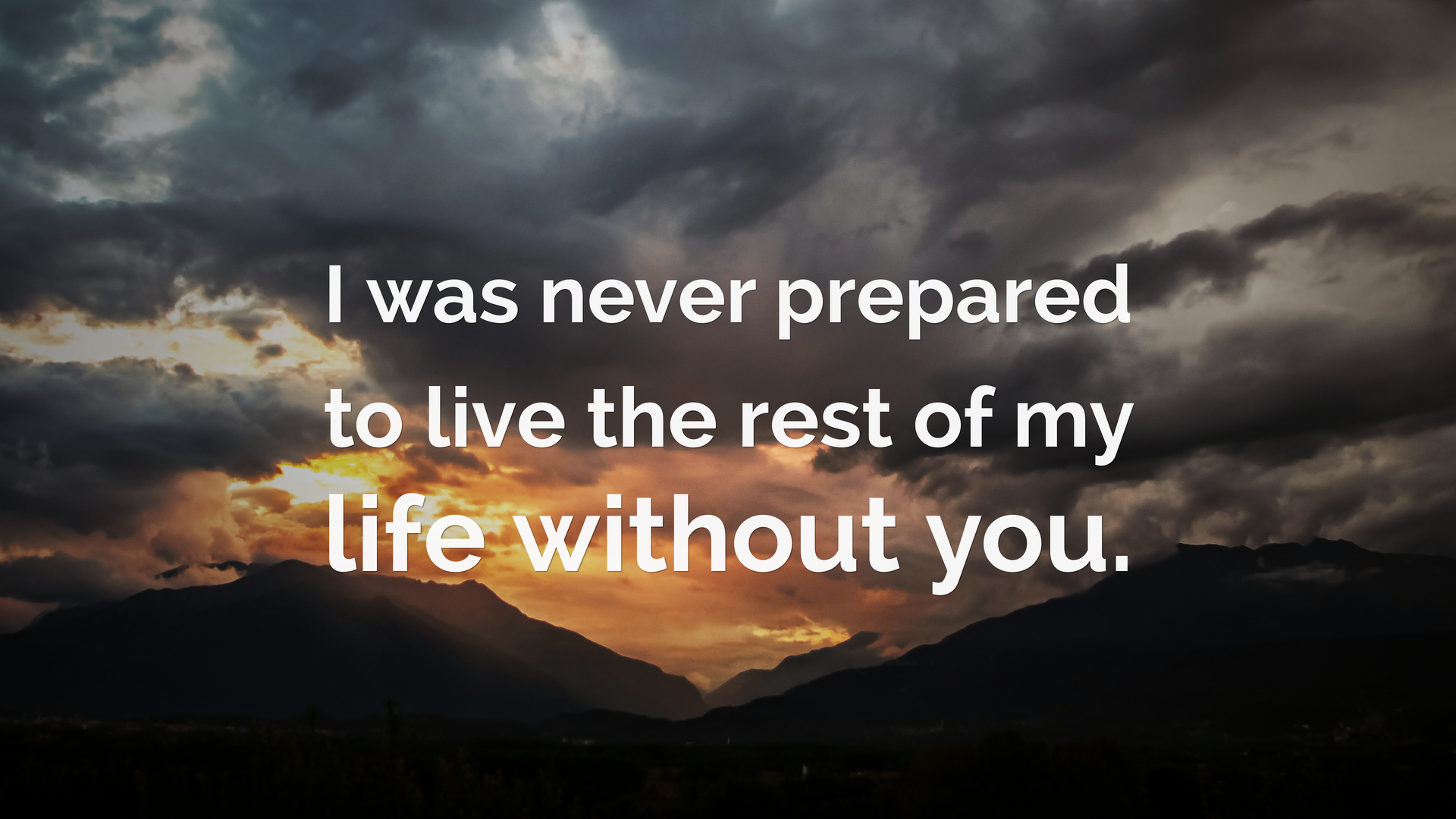Grief Can Coexist with Beauty and Healing
Grief and beauty may seem totally opposed to one another.
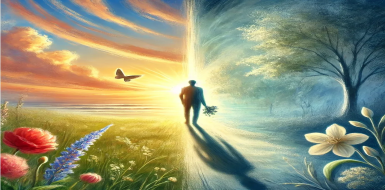
When we’re deep in sorrow, it’s hard to imagine how anything beautiful could break through the darkness. But the truth is, grief and beauty are not mutually exclusive. In fact, they often coexist in powerful ways. Grief, with all its weight and pain, doesn’t erase the potential for beauty, nor does beauty erase the pain of loss. Instead, they intertwine, helping us to navigate the complexity of healing.
Grief as a Companion to Beauty
In the early days of grief, it can feel all-consuming. The world may seem devoid of color, joy, or anything that feels remotely beautiful. It’s hard to imagine a life beyond the loss, and everything feels heavy with sorrow. But as time passes, moments of beauty begin to peek through the cracks of that grief.
It could be something as simple as a sunset, a blooming flower, or a kind word from a stranger. In these small moments, we start to realize that even in our pain, beauty still exists. It doesn’t negate the grief, but it offers us glimpses of hope and a reminder that life continues to hold moments of wonder, even amidst the heartbreak.
The beauty found in these moments doesn’t take away from the loss we’ve experienced. Rather, it serves as a gentle companion, walking alongside the grief. The sunset doesn’t erase the absence of a loved one, but it reminds us that the world is still capable of offering moments of light and peace.
Healing Through Connection
As we move through grief, we often begin to notice that beauty doesn’t just come in physical forms, but also in connections. The support of friends, the deepening of relationships, or the memories we hold onto can bring us comfort and a sense of continuity.
These connections remind us that we are not alone in our grief. While loss isolates, beauty has a way of reconnecting us to the world. Whether it’s through a shared memory, a conversation that brings comfort, or the simple presence of someone who understands, beauty and healing are often found in the relationships that sustain us.
These moments of connection don’t erase the grief, but they provide a space for healing. They offer us a chance to feel supported, loved, and seen, even in the depths of our sorrow. Through these bonds, we realize that grief doesn’t have to be something we carry alone. It can be shared, and in that sharing, beauty emerges.
The Paradox of Grief and Joy
One of the most challenging aspects of grief is the paradox of experiencing joy while still carrying the weight of loss. At first, this can feel almost wrong—like betraying the person we’ve lost by allowing ourselves to smile or laugh. But over time, we learn that joy and grief can exist together.
It’s possible to feel deep sadness and still find moments of joy, just as it’s possible to experience beauty even when we’re grieving. These emotions don’t cancel each other out; instead, they coexist, adding complexity to the human experience.
Healing often comes when we learn to embrace this paradox. We stop seeing grief as something that must be conquered or moved past, and instead, we accept that it will always be a part of us. In that acceptance, we also allow for beauty and joy to return, knowing that they don’t diminish the loss but enrich the journey of healing.
Beauty in Remembrance
Another way beauty and grief coexist is through remembrance. When we honor the person we’ve lost — whether through a memorial, a personal ritual, or simply holding their memory close — we create space for beauty to emerge from the grief. The act of remembering is itself a form of healing.
By planting a garden in their honor, visiting a special place that holds memories, or simply reflecting on moments shared, we keep the beauty of their life alive. These acts of remembrance help transform the pain of loss into something that holds meaning. The grief doesn’t go away, but it becomes infused with the love and beauty of their memory.
In this way, grief and beauty don’t just coexist; they become intertwined. The pain of loss is still there, but so is the love, the beauty, and the joy that person brought into our lives.
Healing in the Presence of Grief
Healing isn’t the absence of grief. It’s not about moving on or forgetting the loss. Healing is about learning to live with the grief, allowing it to become part of our lives, while still making space for beauty, joy, and love. We don’t have to choose between grief and healing. They can both exist, and in fact, they often must coexist for true healing to happen.
In the end, grief can coexist with beauty because both are part of the human experience. The depth of our grief reflects the depth of our love, and in that love, there is always beauty. Healing doesn’t mean leaving the grief behind; it means learning to carry it in a way that allows us to also carry joy, hope, and beauty forward.
Grief will always be with us, but so will the beauty of life, the love we shared, and the moments that make life meaningful. And in that coexistence, we find healing—not as an end, but as a process that honors both the pain of loss and the beauty of life continuing on.
I am a school counselor turned counselor educator, professor, and author helping educators and parents to build social, emotional, and academic growth in ALL kids! The school counseling blog delivers both advocacy as well as strategies to help you deliver your best school counseling program.
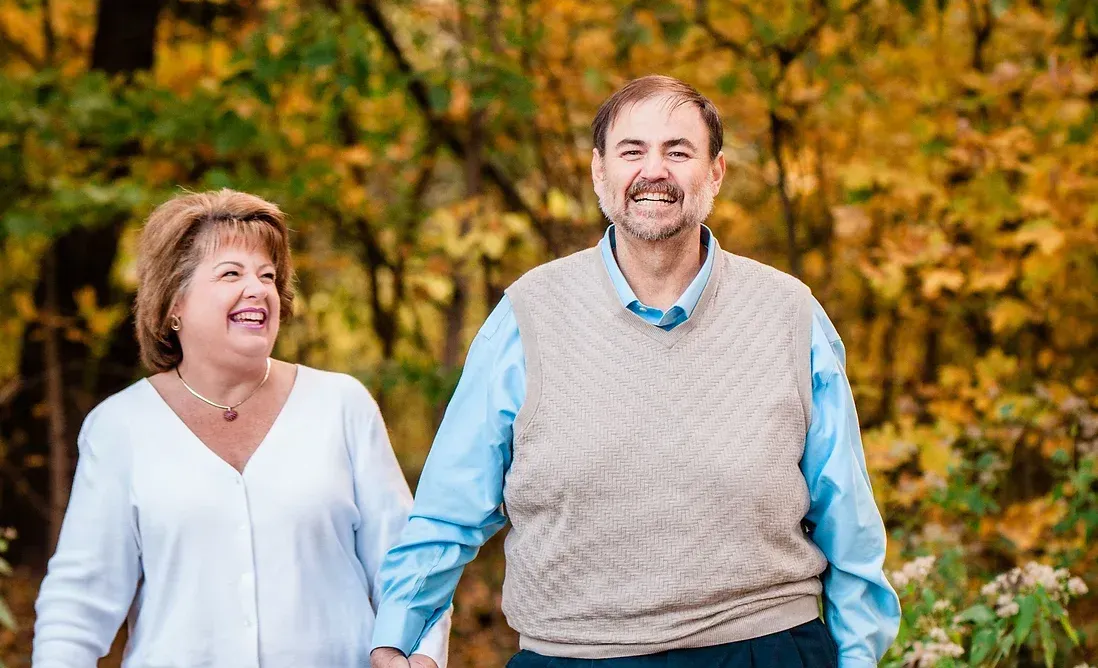
I'm a mother, grandmother, professor, author, and wife (I'll always be his). Until October 20, 2020, I lived with my husband, Robert (Bob) Rose, in Louisville, Ky. On that awful day of October 20,2020, my life profoundly changed, when this amazing man went on to Heaven. After Bob moved to Heaven, I embraced my love of writing as an outlet for grief. Hence, the Grief Blog is my attempt to share what I learned as a Counselor in education with what I am learning through this experience of walking this earth without him. My mission is to help those in grief move forward to see joy beyond this most painful time.



